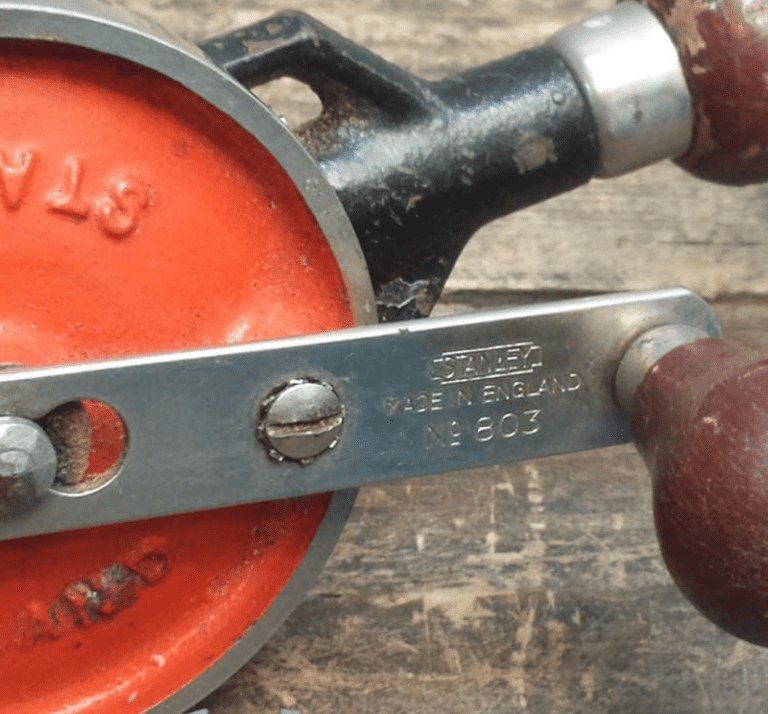The egg beater—often overlooked in the modern kitchen—is an ingenious tool with a history as rich and complex as the recipes it helps create. From its origins in the 19th century to the streamlined devices we use today, the evolution of the egg beater showcases the intersection of innovation, practicality, and culinary culture. Let’s explore how this humble tool revolutionized kitchens worldwide and became an enduring symbol of convenience.
The Early Days: A Labor-Saving Innovation

Before the invention of the egg beater, beating eggs was a tiresome, manual task that required considerable time and effort. Traditional whisks, though effective, made larger batches of beaten eggs an arduous chore. Recognizing the need for a more efficient method, inventors began experimenting with designs that would make this task faster and less demanding.
In 1856, the first patent for a rotary egg beater emerged in the United States. This groundbreaking device incorporated rotating blades powered by a simple hand crank. Shortly after, similar designs appeared in England, such as Griffiths’ Whisk in 1857. These early models laid the groundwork for what would become a kitchen essential.
Interestingly, not all designs were created equal. Some early egg beaters resembled butter churns, while others featured fixed mechanisms that limited their versatility. These experimental designs reflected the trial-and-error nature of invention during this era.
The Rise of the Rotary Egg Beater
The rotary egg beater, as we know it today, gained popularity in the late 19th century. Its simple yet effective design featured two rotating beaters connected to a handle. By cranking the handle, users could quickly and efficiently mix eggs, batter, or cream. This design proved to be a game-changer for home cooks and professional chefs alike.
One of the most influential players in this space was the Dover Stamping Company. Known for its “Dover egg beater,” the company mass-produced these devices, making them accessible to households across America. Between 1870 and 1890, the company sold over 4 million units, cementing the rotary egg beater as a kitchen staple.
Why the Rotary Design Was Revolutionary
The success of the rotary egg beater stemmed from its unique combination of efficiency and portability. Unlike earlier fixed designs, rotary egg beaters were handheld, allowing users to work with any bowl or container. This versatility made them particularly appealing to home cooks with limited kitchen space.
Moreover, rotary egg beaters were designed to incorporate air into mixtures, making them ideal for whipping egg whites or creating fluffy batters. Their ability to achieve consistent results with minimal effort was a significant selling point.
The Cultural Divide: Success in America, Hesitation in Europe
While the rotary egg beater became a household name in the United States, its reception in Europe was less enthusiastic. In America, the device was celebrated as a symbol of progress and modernity, frequently featured in advertisements and recipe books. By the 1890s, many recipes specifically called for the use of a rotary beater, further solidifying its place in American kitchens.
In contrast, Victorian Britain and continental Europe were slower to adopt this innovation. Traditionalists preferred wire whisks, viewing rotary beaters as unnecessary gadgets. Even as rotary designs became more refined, they struggled to gain traction in European kitchens, where culinary traditions often prioritized simplicity over novelty.
The Debate Over Clamps and Portability

One of the more intriguing aspects of early egg beaters was the debate surrounding clamps. Some inventors believed that clamping the device to a table or countertop would provide greater stability during use. However, this approach had its drawbacks. Clamps limited portability, making the device less practical for everyday use.
As a result, clamp-free designs eventually dominated the market. These handheld beaters offered greater flexibility, allowing users to work in various kitchen settings without the need for specialized surfaces.
The Egg Beater’s Role in Transforming Cooking
The introduction of the egg beater marked a turning point in culinary history. By simplifying one of the most labor-intensive kitchen tasks, it allowed cooks to focus on more creative aspects of food preparation. The egg beater became a symbol of innovation, reflecting the broader cultural shift toward labor-saving devices in the late 19th and early 20th centuries.
For professional kitchens, the egg beater improved efficiency and consistency, enabling chefs to produce large quantities of whipped eggs, creams, and batters with ease. At home, it empowered cooks to tackle recipes that would have been daunting without such a tool.
Modern Adaptations and Legacy

The basic principles of the rotary egg beater continue to influence modern kitchen tools. While electric mixers have largely replaced manual beaters in contemporary kitchens, the simplicity and reliability of the original design remain unmatched. In fact, many home cooks still prefer rotary beaters for smaller tasks, such as whipping a few eggs or mixing light batters.
Antique egg beaters have also become popular collectibles, prized for their craftsmanship and historical significance. These devices, often adorned with intricate details and branding, serve as a nostalgic reminder of a bygone era.
The Enduring Appeal of the Egg Beater
The egg beater’s journey from a niche invention to a kitchen essential highlights the power of practical innovation. Its enduring appeal lies in its ability to adapt to changing culinary needs while retaining its core functionality. Whether displayed as a vintage collectible or used in a bustling kitchen, the egg beater remains a testament to the ingenuity of its inventors.
Conclusion: Celebrating a Kitchen Icon
The egg beater may seem like a simple tool, but its impact on cooking and culture is anything but ordinary. From its humble beginnings in the 19th century to its role as a culinary workhorse, this device has revolutionized how we prepare food. It stands as a symbol of progress, efficiency, and the timeless pursuit of better living.
Next time you reach for an egg beater—whether manual or electric—take a moment to appreciate its history and the countless innovations that brought it to your kitchen. Behind every whisked egg and fluffy batter lies a story of creativity, determination, and a shared love of good food


